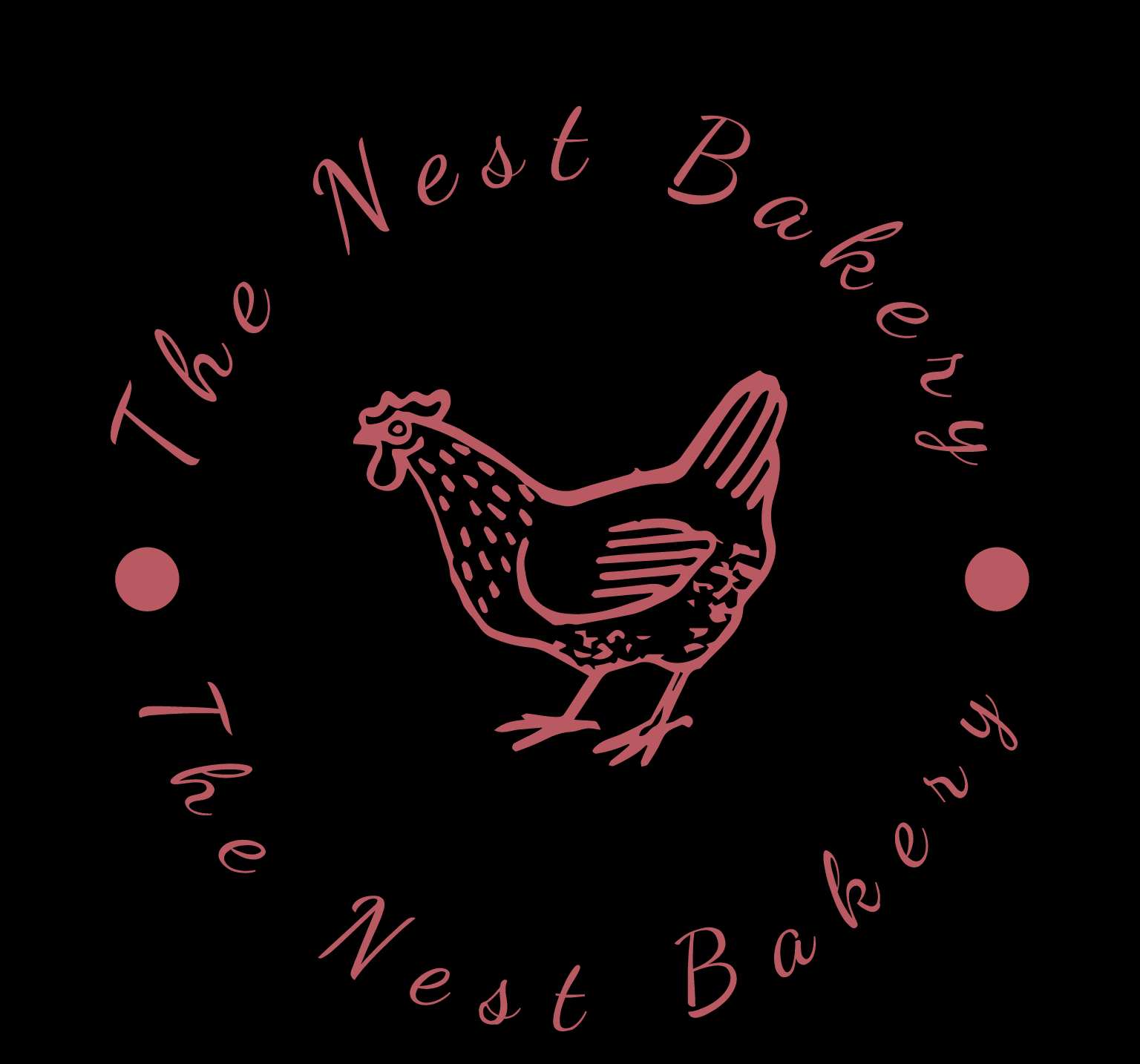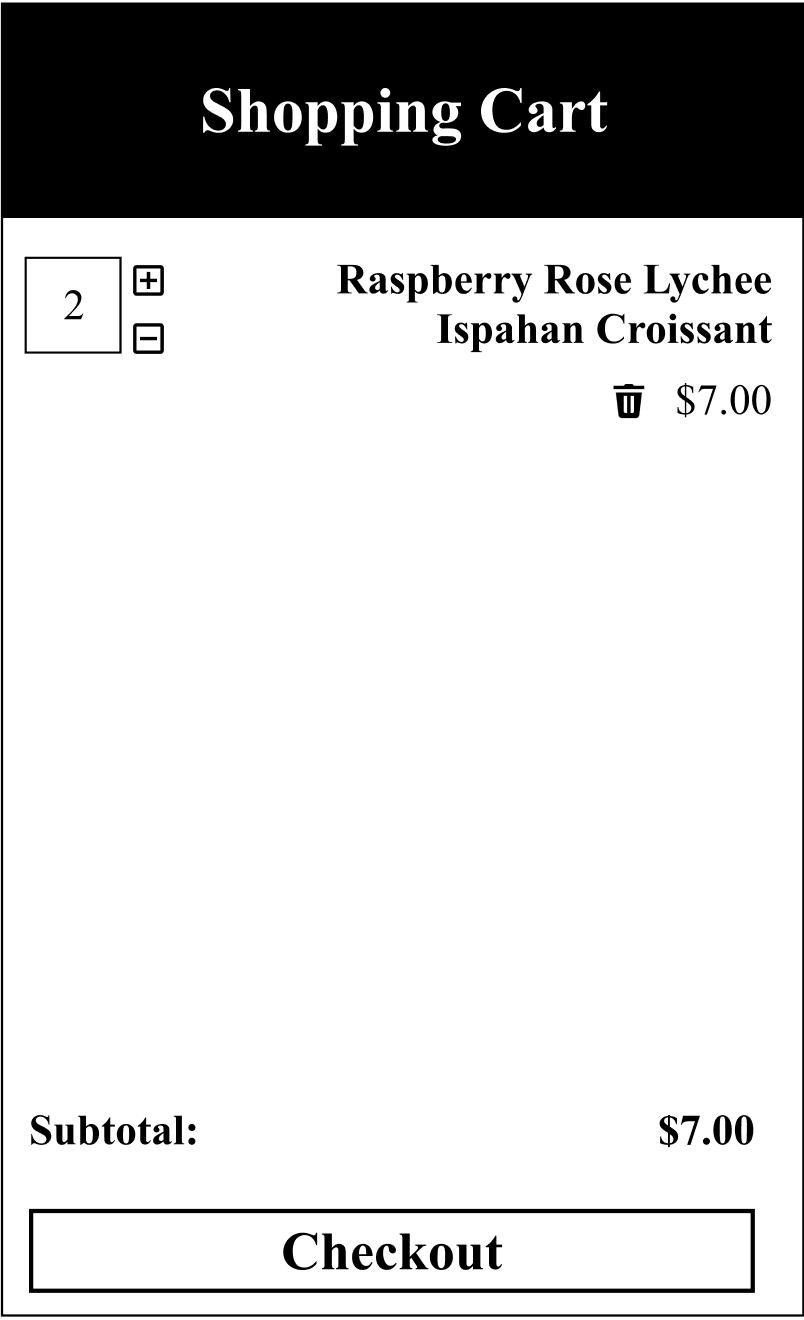AB Testing
Between two designs for a single task, which is the better option?

Context
My group and I were tasked with designing two different iterations for a single
interface and then determining which of the two was better for a given task.
The task we chose as a metric was: "remove all of the items from the cart." While this metric
was simple, we felt that this function was extremely important to the experience of the interface.
Research and Design
In designing the two iterations, the main question we considered was "how do existing online shops
add and remove items?" We concluded that the most shops did the following or a combination of the two:


In the first example, items are added and subtracted solely from the item in the gallery. In the second
example, the items can be added and removed from the cart, in addition to being able to be added
from the item card. As such, we chose to implement these two features in our two designs.
The first example is advantageous in that users are able to make a visual connection, instead of a semantic connection,
between what they're adding and the actual item. The tradeoff, however, is that it requires more navigation to
actually remove the item, since users mus renavigate to the item in the gallery to remove it. In the second example, the
vice versa is often the case.
After considering the tradeoffs between these two designs, we drew up these two designs:


Version A imlements cart editing through strictly the item cards and Version B implements
card editing through both the card items and the cart itself.
User Testing
The next question we sought to answer was which version is better? In testing this
hypothesis, we used or metric task that required users to remove all of the items in the cart. Based on
this metric, we hypothsized that version b, the version where cart editing could be done through both the
item cards and the cart itself, would perform better.
In testing this hypothesis, we had two users execute the task on each design. While users
completed the task, we mapped their eye movements to see how efficiently they would complete the task. We then
generated heat maps based on their eye movements, detecting the areas of the screen where they looked at most. Here's the
combined data for both users:
.jpeg)
.jpeg)
In analyzing these results, we can clearly see that the number of data points, which is correlated to the duration of time taken to complete the task, is significantly higher in version A. From this, we can conclude that version B performs better when measured by efficiency.
Conclusions
This project really allowed me to utilize my skills as a scientist! I really enjoyed the process
of being able to form a hypothesis and use AB Testing to test that hypothesis; it's something that I really
haven't gotten much experience with in the computer science world. Apart from this reflection, however, this
project was also really cool because of the eye-tracking technology we were able to use.
Perhaps most importantly, however, is that I was able to see, first hand, the effects of good design
when usability is taken into consideration. Clearly, version A was designed with logic, but without the
usability considerations necessary to optimize the experience, but it was evident that
usability considerations had considerable effects in optimizing the user experience in version b. As such,
this project was paramount in enforcing the importance of usability-centered design.